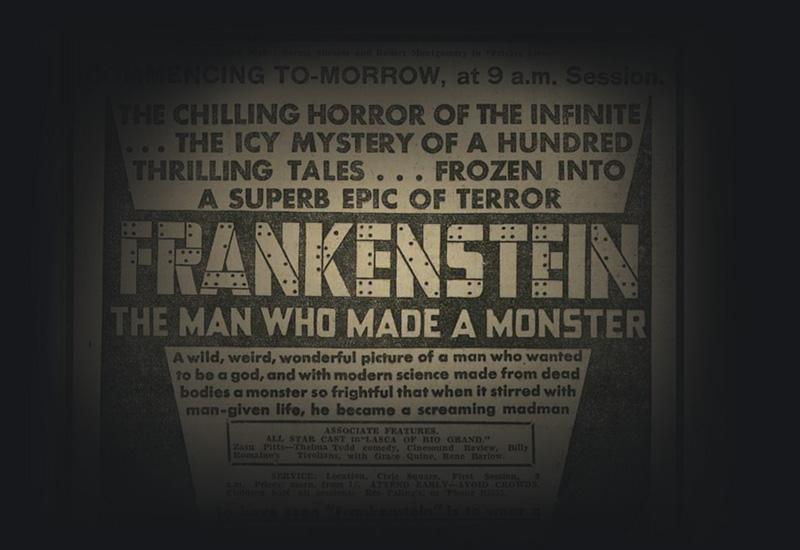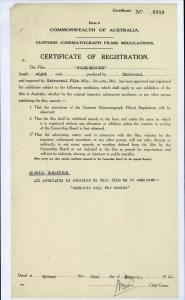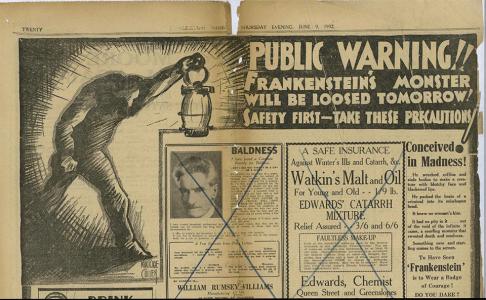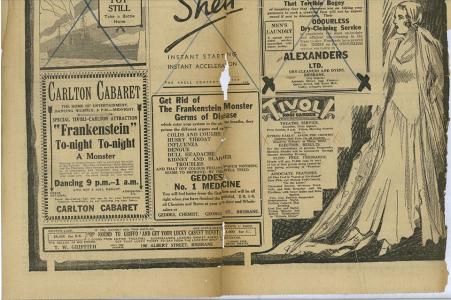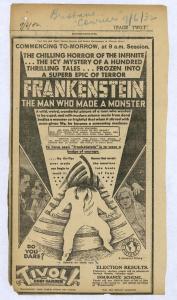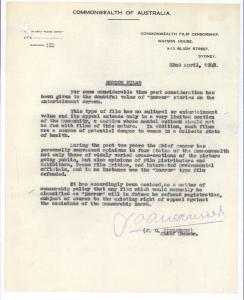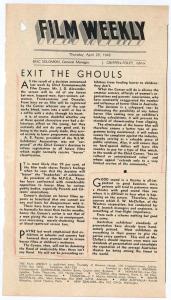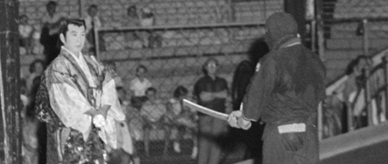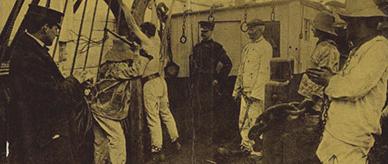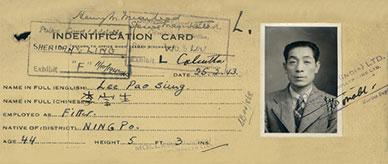When was the last time you saw a horror movie? Are you a turn off the lights and scream fan of all things ghastly? Or do merely the posters for the latest horror flicks give you the shivers? Either way, it’s up to you to decide if you want to risk your nerves with some ghoulish entertainment.
For 20 years, Australian audiences didn’t have that choice. The only horror they had to contend with was … censorship. Spooky!
Won't somebody think of the children?
The Commonwealth Film Censorship Board was established in 1917. Its remit – to view, register and censor all films imported from overseas.
The Board operated under Customs regulations. Films could be refused registration for a number of reasons, including blasphemy, obscenity and their likelihood to ‘incite [audiences] to crime’. The last, catch-all reason for banning a film, was if it ‘depict[ed] any matter the exhibition of which is undesirable in the public interest’. Determining whether a film could be banned for any of these reasons was up to the personal judgement of the members of the Board.
Films permitted to screen in Australia could receive one of 3 classifications: G (General), A (Not Suitable for Children) or SOA (Suitable for Adults Only). These ratings were advisory only, and not legally enforceable by cinemas, like MA and R ratings now. Children could see Adults Only movies. However, cinemas were required to include ‘adults only’ on their advertising. If they didn’t, it could earn both the cinema and distributor a reprimand.
One file in the National Archives collection shows that several theatres were flouting the advertising rules for Frankenstein in 1932. In one case, the Tivoli Theatre in Brisbane not only omitted ‘adults only’ from their ads, it also offered children half price tickets.

